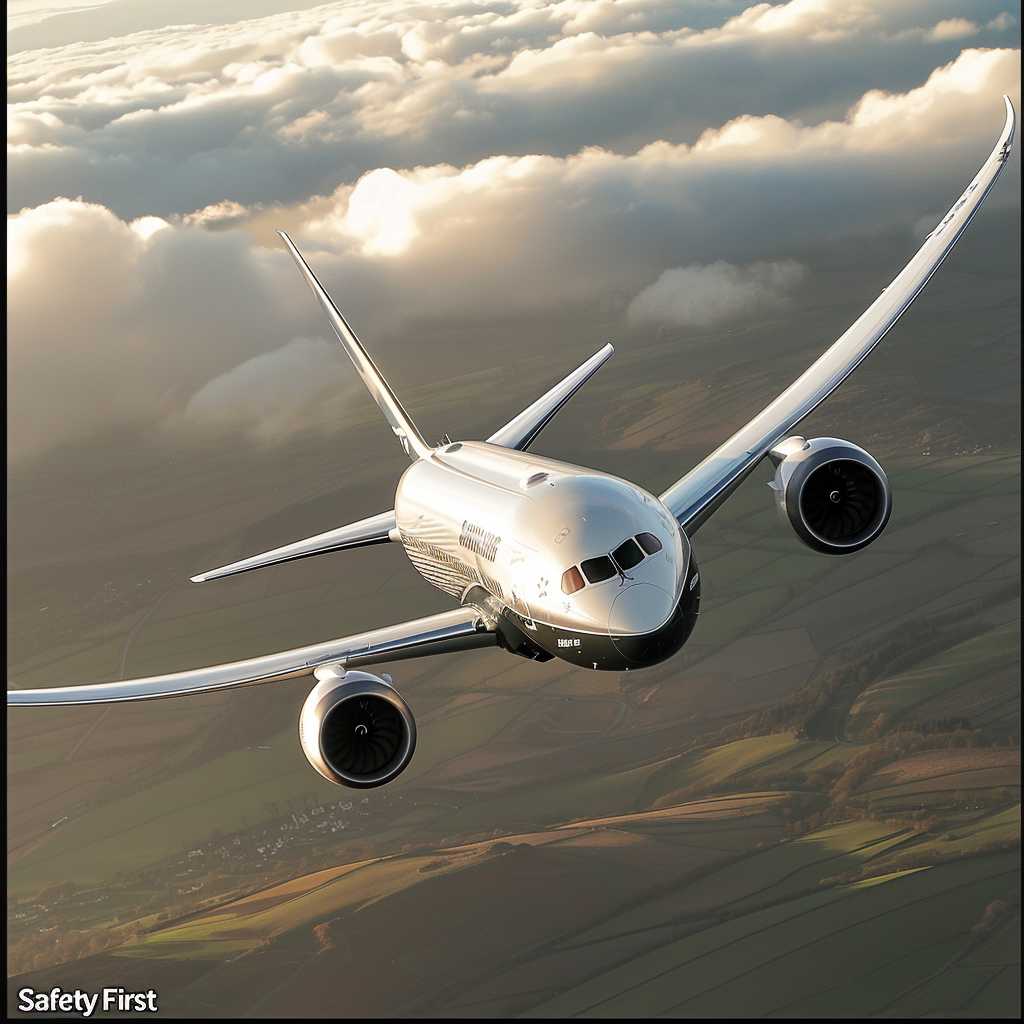The Boeing 787 Dreamliner Whistleblower: Exposing Concerns over Aircraft Safety and Manufacturer Practices
The saga of the Boeing 787 Dreamliner, often celebrated as a modern marvel in aviation, took a troubling turn when concerns over safety and manufacturing practices were brought to light. This shift was significantly impacted by revelations from within the company that underscored potential risks aboard one of the world’s most advanced airliners. Central to this storyline is the role of whistleblowers, who courageously stepped out of the shadows to spotlight alleged discrepancies and shortcuts in Boeing’s production processes, raising ethical and safety questions that reached far beyond the aerospace industry.
Background on the Boeing 787 Dreamliner
The Boeing 787 Dreamliner is an American long-haul, mid-size widebody, twin-engine jet airplane developed by Boeing’s Commercial Airplanes division. It boasts higher fuel efficiency and longer range than its predecessors, due mainly to its use of advanced materials like composite carbon fiber for its fuselage and wings. With customers’ initial orders in 2004, deliveries started in 2011. As a significant innovation in aerodynamics and avionics, the Dreamliner represented a leap forward for commercial aviation.
Reveal of Safety Concerns and Manufacturing Issues
However, aerospace giants like Boeing are not strangers to facing scrutiny, whether for competition, economic pressures, or safety failings. This scrutiny transformed into a scandal when alleged evidence emerged suggesting corners were cut during the manufacturing process of the Dreamliner series.
Role of Whistleblowers in Highlighting Systemic Issues
At the forefront were whistleblowers from within Boeing’s ranks. Their role became critical as they shared information indicating that some parts used in the airplanes might have been declared safe despite dangerous defects or misplaced from scrap materials. Whistleblowers pointed to a culture driven by deadlines and cost-saving measures that compromised quality assurance and overlooked inspection protocols.
In an industry where safety is paramount and human lives are at stake during every flight, this sort of revelation had a significant impact not only on public perception but on how regulators and industry leaders approached oversight.
Impact on Regulatory Bodies and Industry Oversight
Following such whistleblowing reports, federal regulators intensified scrutiny over Boeing’s production lines. This escalated oversight led to reviews from agencies such as the Federal Aviation Administration (FAA) in the United States.
Rigorous investigations are pivotal as their outcomes can lead to sanctions, changes in policies, compulsory safety checks, or even grounding fleets rare cases. In response to whistleblower claims, agencies took distinct but interconnected measures to ensure heightened compliance within manufacturing sites and among supplier networks.
Company Responses and Public Relations Maneuvers
In light of mounting pressures from regulatory bodies heightened by whistleblower accounts, Boeing found itself needing to defend its operations carefully. The company’s statements often emphasized dedication to safety standards and commitment to transparency throughout probing efforts by authorities.
Yet, public relations undertakings couldn’t brush aside concerns about employee morale and internal policies flagged by these blaring incidents. How management handles whistleblower-originated debates implicates broader corporate responsibility stances impacting customer trust and investor confidence.
Global Implications for Aviation Safety Standards
Initiatives related to aviation safety don’t cease at national borders—they carry international repercussions. Given that the Boeing 787 Dreamliner operates across global routes, any question raised regarding its build quality resonates worldwide with various stakeholders availing adequacy measures.
Scrutiny fueled by whistleblowers can influence reciprocal safety protocols spanning different nations and operators, all pivotal for sustaining global flight operation norms.
Future Prospects for Whistleblower Protections and Cultural Changes in Aerospace
The ripple effects of this whistleblowing case ponder future pathways where employees voicing concerns is more a structural expectation than an exceptional anomaly. As industries like aerospace continue to push technological envelopes, mechanisms ensuring staff can safely present grievances or forewarnings must strengthen correspondingly.
Further embedding a culture where proactively acknowledging flaws is valued could arguably serve as a preventative rather than reactive measure within not only aerospace corporations but broader tech-driven sectors.
Notes
*Image Description*
An impressive Boeing 787 Dreamliner flight photograph showcasing its distinctive contours with emphasis on the technical aspects such as its composite carbon fiber panels gleaned under daylight conditions. A watermark or caption could incorporate “Safety First”, corresponding with the article’s context about conscientious manufacturing practices within the aviation industry.
